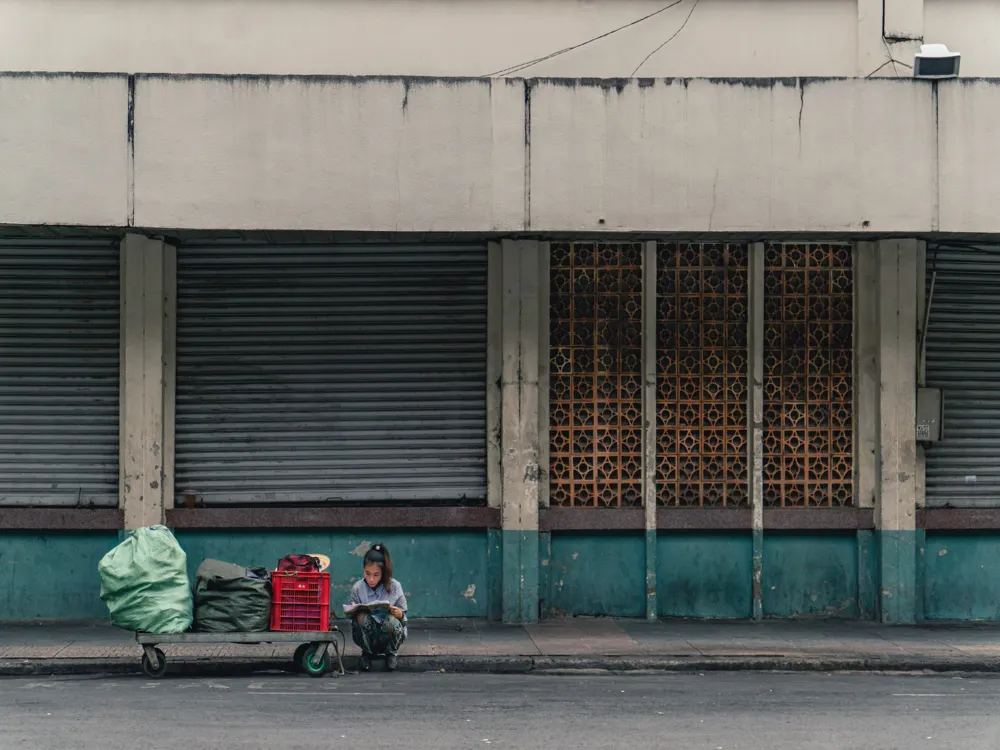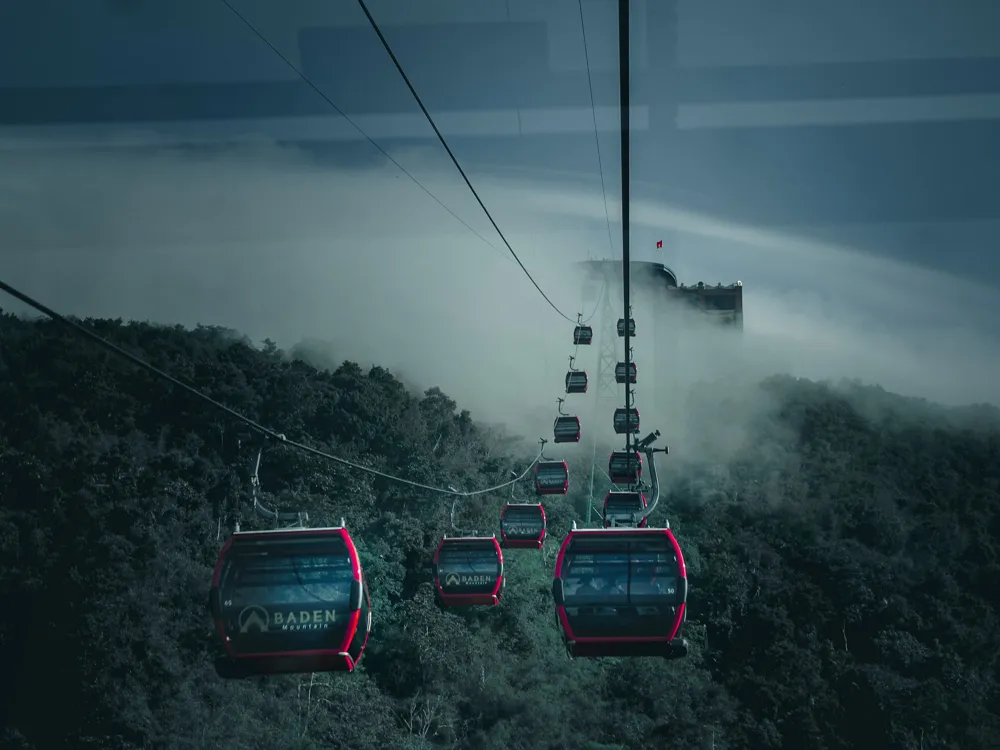The Cu Chi Tunnels, located near Ho Chi Minh City, are a network of underground passageways that played a crucial role during the Vietnam War. These tunnels were used by Viet Cong soldiers as hiding spots during combat, as well as serving as communication and supply routes, hospitals, food and weapon caches, and living quarters for numerous guerrilla fighters. The tunnel systems were of great significance in the resistance against American forces, and they were a major factor in the success of the Viet Cong in the war. The origin of the Cu Chi Tunnels dates back to the 1940s during the struggle against French colonial rule. However, it was during the Vietnam War in the 1960s that the tunnel network was expanded to cover approximately 250 kilometers (155 miles). These tunnels were constructed in a layered pattern with multiple depths and included numerous trapdoors, living areas, kitchens, storage facilities, armory, hospitals, and command centers. At its height, the Cu Chi Tunnels included over 10,000 people living underground, enduring the harsh conditions of the war. Visiting the Cu Chi Tunnels today offers a profound insight into the wartime history and the resilience of the Vietnamese people. The site has been preserved and turned into a war memorial park, with two different tunnel display sites, Ben Dinh and Ben Duoc. The tunnels are a stark reminder of the war, and they highlight the ingenuity and perseverance of the Vietnamese soldiers during this tumultuous period in history. The architecture of the Cu Chi Tunnels is a testament to the ingenuity and resourcefulness of the Vietnamese people during the Vietnam War. The tunnel system was meticulously designed to serve multiple functions, providing shelter, communication, and facilities for the guerrilla fighters. They were constructed with simple tools and bare hands, which makes their complexity and efficiency even more remarkable. The Cu Chi Tunnels were built in three levels with the shallowest at less than one meter below the ground, which were used for short-term shelter and for launching surprise attacks. The second level was deeper and safer from bomb threats, located between 2 to 4 meters below the surface. The deepest level, up to 10 meters underground, was designed for long-term living and to withstand heavy bombings. These levels were interconnected with numerous hidden entrances and exits, trapdoors, and camouflaged ventilation systems, ensuring the safety and secrecy of the tunnel inhabitants. Inside the tunnels, the living conditions were extremely challenging. The tunnels were narrow and low, with limited air and light, and were prone to flooding during the rainy season. Despite these conditions, they were equipped with all necessary facilities for prolonged living. There were kitchens with specially designed smoke dispersion systems to avoid detection, storage areas for food and weapons, makeshift hospitals, and command centers. The tunnel system also included booby traps and weapon factories, reflecting their strategic importance in the guerrilla warfare tactics. The architecture of the Cu Chi Tunnels is not only a feat of engineering but also a symbol of the determination and endurance of the Vietnamese people in their fight for independence. Today, some parts of the tunnels have been enlarged and reinforced to allow visitors to safely experience a glimpse of what life was like underground during the war. When planning a trip to the Cu Chi Tunnels, it's advisable to choose the cooler hours of the day, as the tunnels can become quite hot and humid. Early morning or late afternoon are ideal times. Additionally, consider hiring a guide to gain a more in-depth understanding of the history and significance of the tunnels. Comfortable, lightweight clothing is recommended due to the warm and humid climate. Also, wear closed-toe shoes as you'll be walking through uneven terrain and possibly entering the tunnels. Be aware that the tunnels are narrow and can be claustrophobic. If you have a medical condition or are uncomfortable in confined spaces, consider viewing the tunnels from the outside. Always follow the safety instructions provided by guides. Remember that the Cu Chi Tunnels are not only a tourist attraction but also a war memorial. Show respect by behaving appropriately and following all posted signs and guidelines. The Cu Chi Tunnels are located approximately 70 kilometers northwest of Ho Chi Minh City. The site can be reached in various ways: Whichever mode of transportation you choose, visiting the Cu Chi Tunnels is a journey into an important part of Vietnam's history and an experience not to be missed. Read MoreOverview of Cu Chi Tunnels in Ho Chi Minh City
Architecture of Cu Chi Tunnels
Tips When Visiting Cu Chi Tunnels
Plan Your Visit
What to Wear
Health and Safety
Respect the Site
How To Reach Cu Chi Tunnels
Cu Chi Tunnels
Ho Chi Minh City
₹ 17,501 onwards
View ho-chi-minh-city Packages
Weather :
Tags : Museum
Timings : 7 AM - 6 PM
Entry Fee : VND 90,000
Planning a Trip? Ask Your Question
Ho-chi-minh-city Travel Packages
View All Packages For Ho-chi-minh-city
Top Hotel Collections for Ho-chi-minh-city

Private Pool

Luxury Hotels

5-Star Hotels

Pet Friendly
Top Hotels Near Ho-chi-minh-city
Other Top Ranking Places In Ho-chi-minh-city
View All Places To Visit In ho-chi-minh-city
View ho-chi-minh-city Packages
Weather :
Tags : Museum
Timings : 7 AM - 6 PM
Entry Fee : VND 90,000
Planning a Trip? Ask Your Question
Ho-chi-minh-city Travel Packages
View All Packages For Ho-chi-minh-city
Top Hotel Collections for Ho-chi-minh-city

Private Pool

Luxury Hotels

5-Star Hotels

Pet Friendly






















